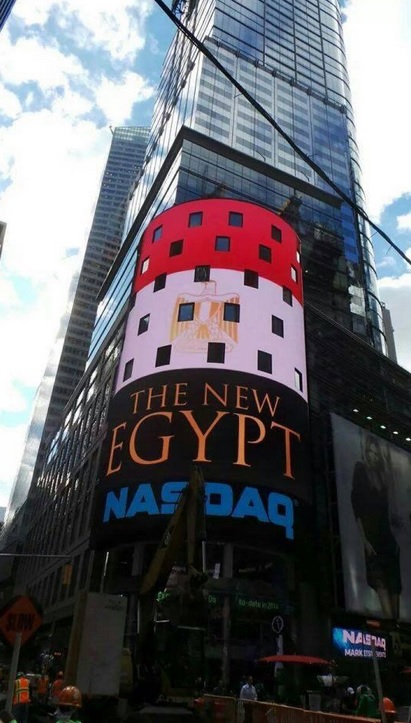 | he challenges faced by Egypt’s hospitality sector in the last four years are well documented. A plunge in key numerical markers —made even more shocking thanks to the record-breaking heights of 2010 — have been thwarted in their recovery due to numerous headline-generating events. And this is an industry that accounts for around 12% of the country’s workforce; if hospitality suffers, so does a great deal of the population.
As Marc Descrozaille, regional director of The Rezidor Hotel Group for the UAE, Egypt, Oman and Jordan rightfully asserts: “When we talk about Egypt we need to clearly distinguish between the period before the revolution, up until 2010, and afterwards. In 2010, 15 million international tourists visited Egypt, yet in 2013 this figure fell to 9.5 million, which had a drastic negative impact for the country’s 1100 hotels.”
Story continues below
Advertisement
The Arab Spring in January 2011, followed by the Muslim Brotherhood regime and then the second revolution in June 2013 were all factors in the battering of Egypt’s tourism industry. But Descrozaille believes, like many others, that since the election of the new president, Abdel Fattah el-Sisi, in May 2014, the country has stabilised and a genuine recovery is underway.
Of course it is possible to treat Egypt as a single tourism entity, but it is made up of very different destinations with unique offerings. Therefore, the impact of disruption and the pace of recovery have been varied. Cairo in particular has “suffered immensely” due to the revolution, says Descrozaille.
The capital represents all major segments of clients including leisure, tours, corporate and MICE. Filippo Sona, director — head of hotels (MENA region) Colliers International says Cairo’s attempt to discount rates post 2011 to reignite demand “was unsuccessful”.
“As a result, hoteliers opted for higher ADR levels in order to salvage RevPAR, a strategy that resulted in growing revenues,” he says.
“Despite faltering occupancy levels (reaching 40% in 2013), ADR increased by 15.9% in 2013 and a further 1% YTD in July 2014 when compared with the same period a year before.”
Sharm el-Sheikh noted a year-on-year decrease in occupancy, while Hurghada witnessed a 2.8% increase in July 2014. Alexandria has a similar profile of clientele to Cairo, with a majority of visitors coming from the domestic market. But as a general picture, the main visiting demographics are from Russia and the key source markets of Europe, followed by Egyptians and, more recently, GCC and Arab visitors. | | |